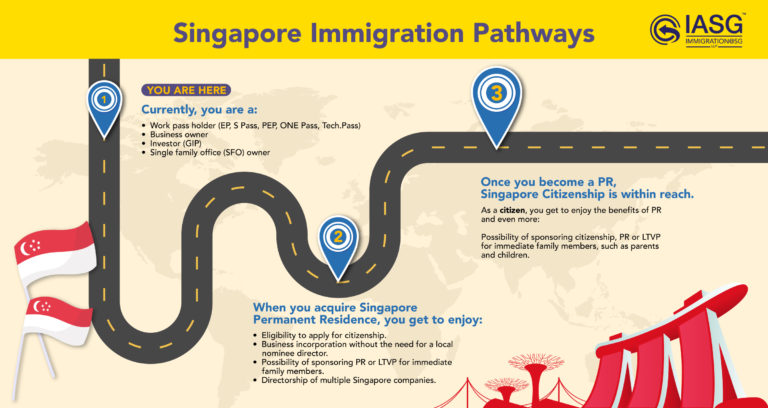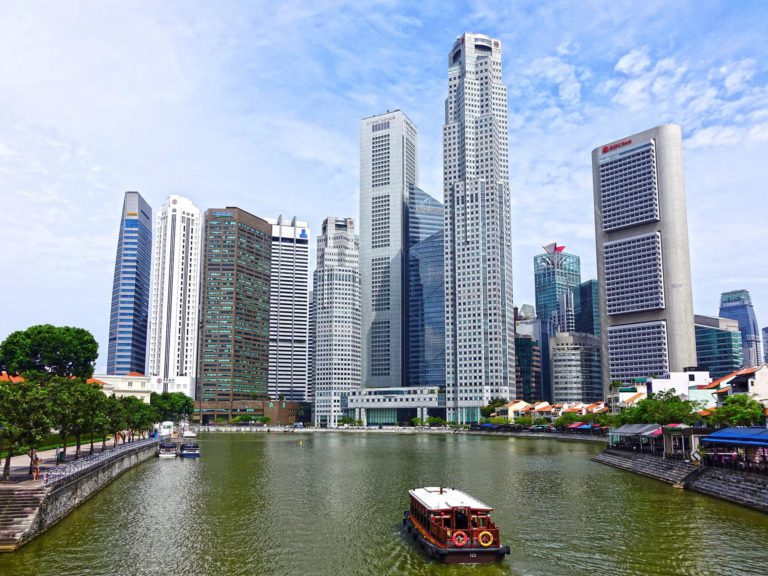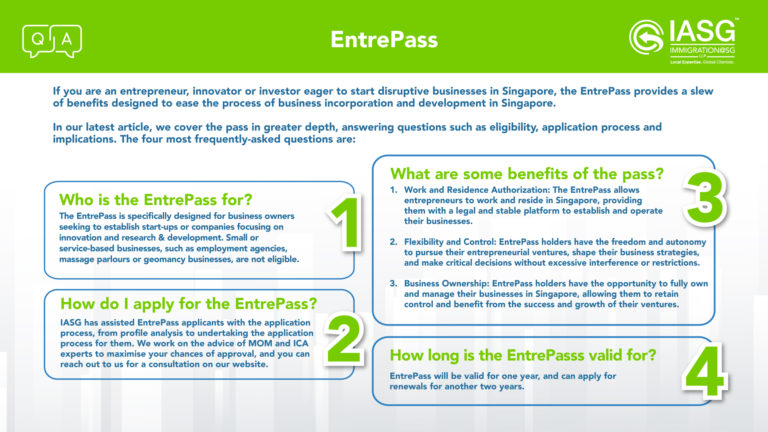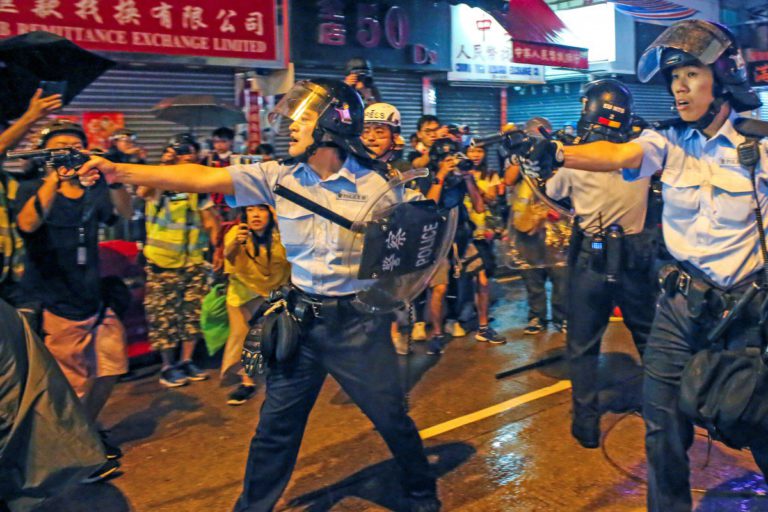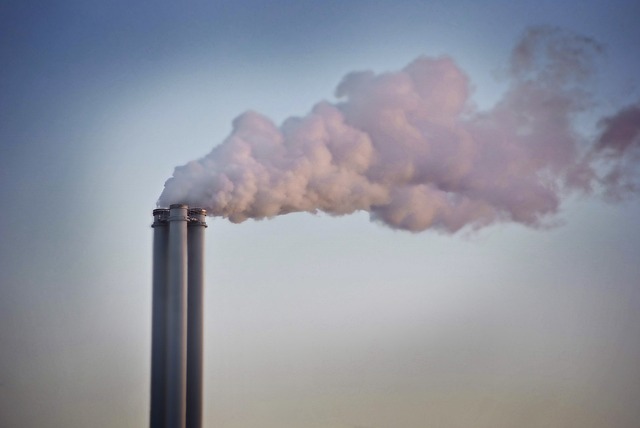Singapore has been a top destination for visitors worldwide, both for business and leisure. Known for its iconic skyline, world-class attractions, and vibrant cultural tapestry, the city-state attracted millions of visitors annually before the COVID-19 pandemic disrupted the global travel industry. As the world gradually emerges from the shadows of the pandemic, Singapore has made a remarkable recovery, positioning itself as a premier destination once again. This article explores the key factors driving the revival of Singapore’s tourism industry post pandemic.
Impact of Covid-19 on Singapore’s Tourism Industry
The COVID-19 pandemic had a profound impact on Singapore’s tourism industry, affecting various industries such as aviation, hospitality, and retail. Here’s an overview of the effects:
1. Decline in Tourist Arrivals
Travel restrictions and border closures led to a sharp decline in international visitors. In 2020, tourist arrivals dropped by 85.7%, with only 2.7 million visitors compared to 19.1 million in 2019. Singapore’s major tourism markets (China, Indonesia, Malaysia, and Australia) were heavily impacted.
2. Economic Losses
On average, the tourism sector contributed about 3% of Singapore’s GDP from 2014 to 2023, excluding 2020 to 2022 due to Covid-19 pandemic. The sudden drop in visitors caused significant losses in tourism receipts, affecting revenue from attractions, hotels, retail, and F&B.
Hotels
Many hotels reported record-low occupancy rates, with some converted into quarantine facilities or housing for foreign workers. Downsizing and retrenchments occurred as hotels faced financial strain.
F&B and Retail
F&B and retail business were greatly impacted as well, especially with the implementation of Circuit Breaker and Work From Home arrangements where people were not allowed to be out in public without acceptable reason. F&B sales registered a year-on-year decline of 26 per cent in 2020, its worst performance since 1986 when growth data were first compiled.
Attractions and Events
Iconic attractions like Marina Bay Sands, Universal Studios, and Gardens by the Bay were closed for months. Large-scale events like the Singapore Grand Prix Formula 1 and conventions were postponed or canceled.
3. Acceleration of Digitalisation
Businesses adapted by offering online tours, virtual experiences, and interactive events to stay relevant. Contactless payment systems, QR code menus, and app-based bookings became standard practices.
Measures During Covid-19
1. Strategic Initiatives by the Government
Singapore’s government played a pivotal role in the recovery of its tourism sector. During the peak of the pandemic, the Singapore Tourism Board (STB) launched the “SingapoRediscovers” campaign, encouraging locals to explore the 42 local attractions, stay in 196 hotels, or go on one of the 166 tours that accept these government-issued vouchers. This initiative not only supported local businesses but also kept the tourism ecosystem alive during international travel restrictions.
To attract international visitors, Singapore adopted the Vaccinated Travel framework, allowing quarantine-free travel for vaccinated individuals from selected countries. This move significantly boosted visitor numbers and demonstrated the city’s commitment to balancing public health and economic recovery. Additionally, the STB’s partnership with airlines and travel platforms offered attractive flight and accommodation packages, making Singapore a competitive destination.
2. Enhanced Safety and Hygiene Standards
Singapore’s stringent safety and hygiene protocols played a crucial role in rebuilding traveler confidence. The introduction of the SG Clean certification program ensured that hotels, attractions, and dining establishments adhered to high standards of cleanliness. This certification became a symbol of trust for both domestic and international tourists.
Furthermore, the implementation of digital solutions, such as contactless payment systems, TraceTogether—a contact-tracing application—enhanced the overall safety for both residents and tourists. These measures highlighted Singapore’s innovative approach to managing health risks without compromising on visitor satisfaction.
Post-Pandemic Revival
1. Tourists Resurgence at Key Attractions and Events
Post-pandemic, Singapore’s iconic attractions, such as Marina Bay Sands, Gardens by the Bay, and Sentosa Island, have witnessed a resurgence in visitor numbers. Safety measures such as Safe Distancing have been gradually rescinded as the numbers of Covid infections came under control, allowing residents and tourists to visit these attractions again.
The return of major events, such as the Formula 1 Singapore Grand Prix in 2022 and concerts of international artists, has further energised the tourism sector. Taylor Swift and Coldplay performed to an audience of 300,000 and 200,000 respectively, most of whom are tourists. During the first quarter of 2024, these concerts have generated tourist receipts of up to $450 million. These events not only attract international audiences but also showcase the city’s rich culture and modern vibrancy.
2. Sustainable and Wellness Tourism
The pandemic underscored the importance of sustainability and wellness, and Singapore has tapped into these trends effectively. In 2023, Singapore was the world’s first sustainable tourism destination. Singapore’s 2030 Green Plan includes planting one million trees, quadrupling solar power usage by 2025 and achieving net zero emissions by 2050. Hotels such as Pan Pacific Orchard and attractions like Jewel and Gardens by the Bay have been using solar panels and collecting rainwater to recirculate it to reduce building temperatures and create airflow. The city-state has also promoted nature tourism through initiatives like the Mandai Wildlife Reserve and island hopping to Pulau Ubin and the Southern Islands.
Additionally, wellness tourism has gained traction, with visitors seeking experiences that prioritise mental and physical well-being. Singapore is opening 16 therapeutic gardens to soothe visitors with autism, dementia, anxiety, and Attention-Deficit/Hyperactivity Disorder (ADHD). With the help of neurologists and psychologists, Singapore’s healing gardens are best suited for seniors and neurodivergent children. Designed to gently stimulate human senses of smell, touch, taste, hearing, and sight, visiting the gardens helps to improve mood, regulate emotions, lower stress, and reduce body inflammation.
3. Leveraging Technology and Innovation
Singapore’s emphasis on technology has been a cornerstone of its tourism revival. Singapore’s passportless immigration is the first in the world, ensuring travellers’ ease and operations efficiency. Self-service ticketing kiosks cut waiting time for tourists to buy tickets to local attractions and QR code menus make it easy to order food at restaurants.
Future Outlook on Singapore’s Tourism Industry
In 2024, Euromonitor International has officially ranked Singapore ninth among the world’s top 100 city destinations. As Singapore’s tourism industry continues to recover, the city-state is not resting on its laurels. Future plans include diversifying tourism offerings, strengthening regional partnerships, and investing in digital infrastructure. With a focus on sustainability, innovation, and inclusivity, Singapore is well-positioned to thrive in the post COVID-19 tourism landscape.
In conclusion, the revival of Singapore’s tourism industry is a testament to the city-state’s resilience, adaptability, and forward-thinking approach. By combining strategic initiatives, technological advancements, and a commitment to safety, Singapore has once again solidified its status as a global tourism powerhouse.


